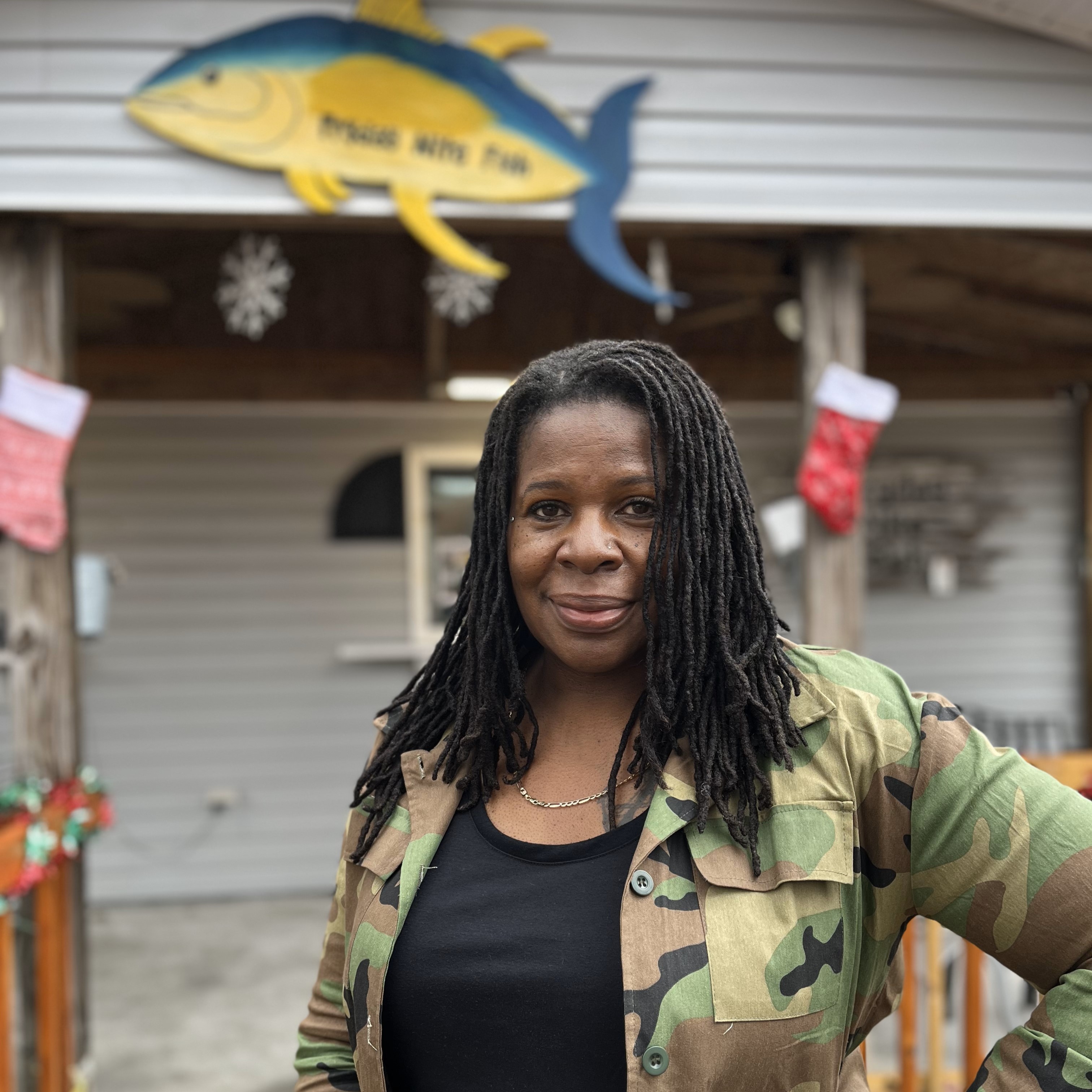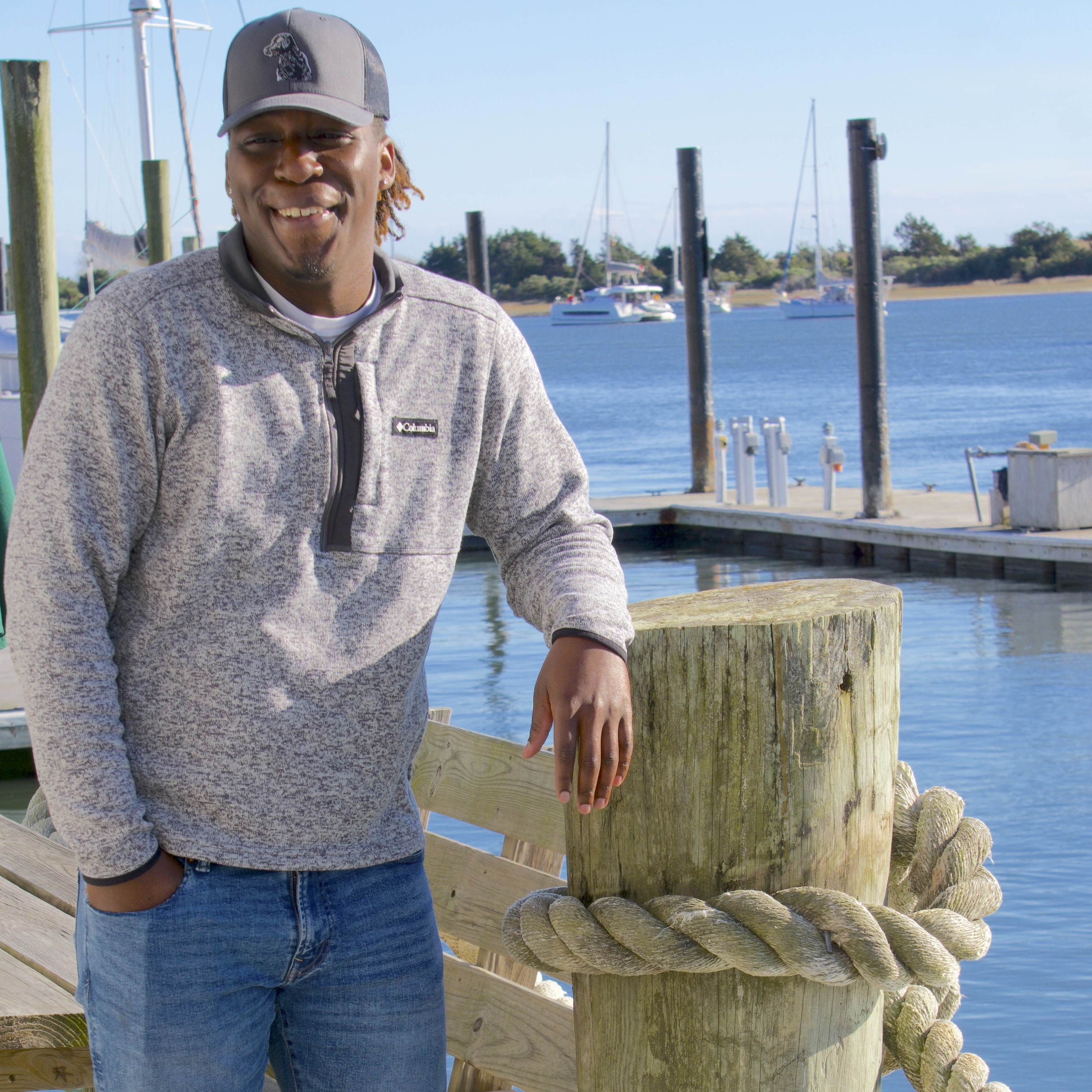What Are We Supposed to Think About Shrimp?

By Melissa Clark, The New York Times
Photo: Getty Asia Pacific
Americans eat more shrimp than ever before. But a cloud hangs over much of the global industry that produces it, with questions about labor practices and sustainability.
We Americans may enjoy our tuna and savor our salmon, but nothing makes us weak in the knees like an overloaded buffet of all-you-can-eat shrimp.
Whether it’s battered and fried, steamed and cocktail-sauced, or boiled until tender in spicy brine, shrimp is a national obsession. Our consumption has been escalating, up to about 4.4 pounds per person per year, a marked increase from 4 pounds per person just five years ago. It seems we will eat as much shrimp as we can get our hands on — over 1.5 billion pounds per year.
Lower prices and increased supply have whetted our appetites. According to John Sackton, the founder of the online industry publication Seafood News, 49 percent of American families put shrimp in their shopping carts in 2018, a record high.
“Because shrimp prices have been consistently low and stable,” Mr. Sackton said, “it’s allowed supermarkets and restaurants to do promotions, which spurs consumption even higher.”
No longer the kind of delicacy flaunted at weddings next to the caviar, shrimp is now seen as a value ingredient, something to pluck out of the freezer and toss into your waiting pan of buttery garlic whenever you need a speedy, convenient dinner.
Amid this boom in shrimp consumption, however, there are questions hanging over the industry. Is our shrimp habit environmentally sustainable? Have shrimp farming methods changed since past reports of slave labor practices (particularly in Thailand), disease outbreaks, the widespread use of antibiotics, liquid-waste pollution and the destruction of mangroves? Is the fishing of wild shrimp devastating the turtle population? And why exactly do some shrimp sell for $5.97 a pound while others cost three times as much?
Still, Americans are likely going to continue to cook and eat shrimp. So perhaps the most important question for consumers is this: When the craving for a bowl of garlicky scampi hits, which are the best shrimp to buy, both in terms of sustainability and flavor?
To find out, I took a close look at America’s favorite seafood, which falls into two broad categories: wild-caught shrimp and farmed shrimp.
Article continues here





